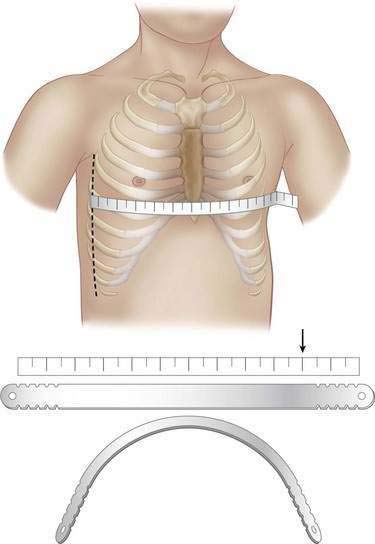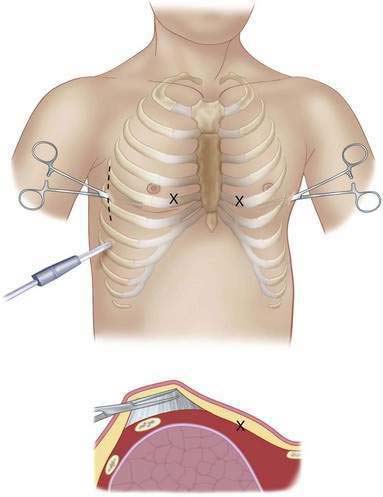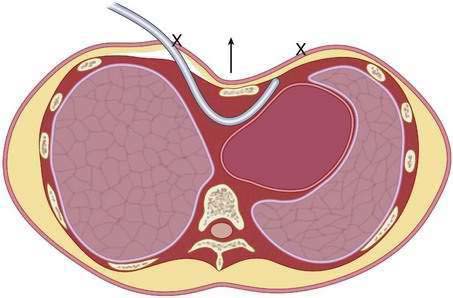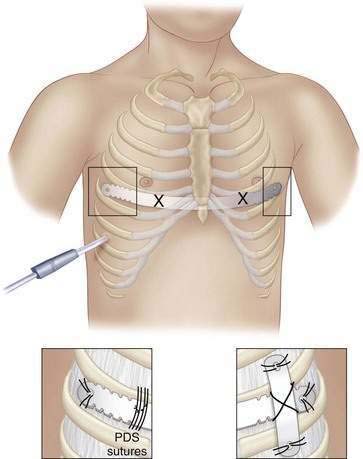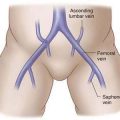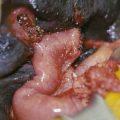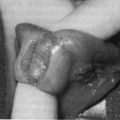CHAPTER 11 Surgical Treatment of Chest Wall Deformities
Nuss Procedure
Step 1: Surgical Anatomy
Step 2: Preoperative Considerations
Step 3: Operative Steps
Anesthetic Induction
Before Incision
Surgical Procedure
Stabilization of the Bar
Closure
Step 4: Postoperative Care
Step 5: Pearls and Pitfalls
Croitoru DP, Kelly REJr, Nuss D, et al. Experience and modifications update for the minimally invasive Nuss technique for pectus excavatum repair in 303 patients. J Pediatr Surg. 2002;37:437-445.
Kelly RE, Shamberger RC, Mellins RB, et al. Prospective multicenter study of surgical correction of pectus excavatum: design, perioperative complications, pain, and baseline pulmonary function facilitated by Internet-based data collection. J Am Coll Surg. 2007;205(2):205-216.
Lawson ML, Cash TF, Akers RA, et al. A pilot study of the impact of surgical repair on disease—specific quality of life among patients with pectus excavatum. J Pediatr Surg. 2003;38:916-918.
Nuss D, Kuhn MA, Obermeyer RJ. Our approach: MIS repair of pectus excavatum. Contemp Surg. 2007;63:444-451.





